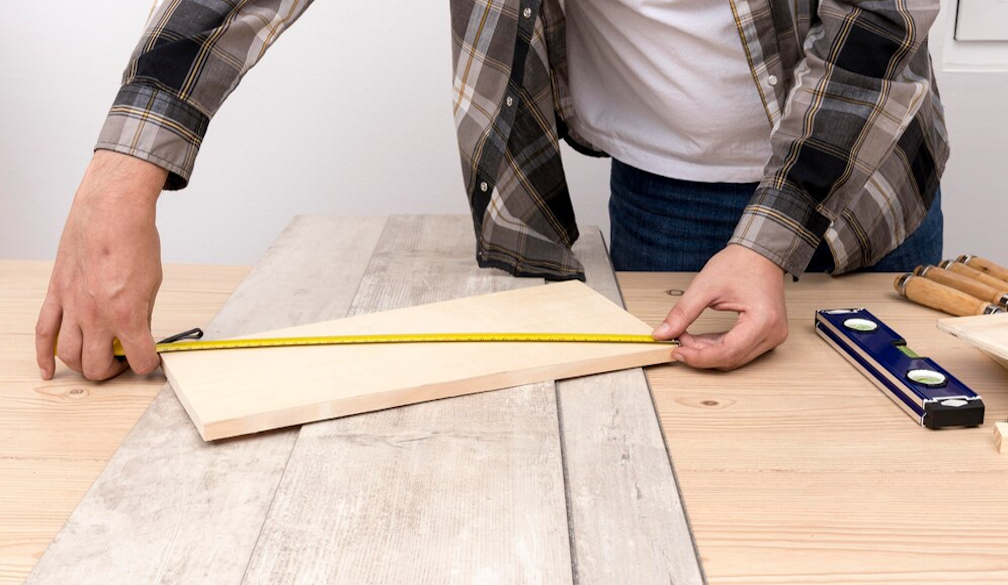Understanding the Grading System of Tasmanian Oak Flooring

Imagine walking into a space where every floor speaks about its unique design, versatility, and natural appearance. With the availability of timber flooring in Australia, all this is possible. But suppose you have an inclination towards natural light colours, straight and regular grains, and are looking for a customisation in your interior design. In that case, Tasmanian Oak Flooring hits a different level of excellence.
Tasmanian Oak is a blend of 3 different eucalypt species; however, it is more than its beautiful appearance. This is why understanding the grading scale is crucial to making a choice regarding the appearance, quality, and functionality of your home or commercial space.
In this blog, we will discuss the wood grading system, factors influencing the grades, and how to choose the right grades for Tasmanian Oak flooring.
What Makes Tasmanian Oak Popular?
Tasmanian oak is not a single species but a commercial name given to a blend of three similar species of eucalyptus native to Tasmania: Eucalyptus regnans, Eucalyptus obliqua, and Eucalyptus delegatensis. These species range in lighter colours from cream, orange, and shades of pink to a deep reddish-brown.
Tasmanian Oak Flooring is an excellent choice if you like sleek grain patterns that look exactly the same size in every piece of plank. Besides that, its ability to bend, drill, and cut into any shape makes it highly popular for different interior uses beyond flooring, including furniture making, interior panelling, and joinery.
What is Wood Grading?
Wood grading is one of the parameters that decide the quality of Tasmanian Oak flooring. Colour, grain patterns, and the presence of any physical imperfections in a wood are a few things that determine the grading of Tasmanian Oak.
Additionally, when you purchase a Tasmanian Oak, grading is often an indicator that helps you decide its appearance, performance, and suitability for different uses. A grade of Tasmanian Timber flooring also directly impacts its final price, helping customers, builders, or designers get a clear picture of how this timber will look once installed in their home or office.
Factors Influencing Tasmanian Oak Grading
Several factors influence the grading of Tasmanian oak, including:
-
Knots and Knot Size:
Larger and more frequent knots in the Tasmanian Oak rank it lower on the grading scale. Also, if knots are hard to catch, the timber ranks higher in grading.
-
Colour Variation and Consistency:
If all the wood pieces have similar shades and textures, they will have higher grades, whereas significant variations will result in lower grades.
-
Presence of Sapwood:
The amount and visibility of sapwood also affect the grade in Tasmanian Oak flooring.
-
Grain Patterns and Alignment:
More even and straight grains are characteristic of higher grades. On the contrary, wavy or curvy grains of different sizes put Tasmanian Oak to a lower grade.
-
Natural Imperfections:
Features like gum veins can impact the aesthetic and structural aspects, influencing the grade.
The Grading System for Tasmanian Oak Flooring
Here is a classification of different types of grades in Tasmanian Oak flooring.
-
Select Grade:
This is the highest quality, featuring minimal knots and very few variations in colour and shades in each wood plank. It’s ideal for residential areas or commercial spaces where you want a clean and smooth appearance in flooring.
-
Standard Grade (Natural Grade):
Standard Grade is another name for natural grade. It displays more natural features, such as knots with slight colour variations, providing a more authentic and rustic appearance compared to Select Grade. Tasmanian Oak flooring marked with standard grade is the best choice for residential areas that desire a natural wood feel.
-
Feature Grade (Rustic Grade):
This grade contains the most easily observable features, including larger knots and easily noticeable different wood colour patterns. It adds depth to the overall look and is often used in commercial spaces or rustic-themed environments.
How Grading Affects Installation and Maintenance
Different grades of Tasmanian oak require varied installation techniques. Higher grades with uniform characteristics are generally easier to install and maintain. Lower grades need more attention during installation to strategically place boards to maintain their observable features for a pleasing look. Maintenance can also vary; higher grades might be easier to clean and maintain due to fewer indentations and irregularities.
Choosing the Right Grade for Your Needs
Selecting the right grade involves balancing aesthetics, functionality, and budget:
-
Aesthetic Preferences:
This is highly subjective and requires a closer look to determine how you want the final flooring to be laid out. A cleaner and more consistent look requires higher-grade flooring material.
-
Traffic and Wear Considerations:
If you want flooring in high-traffic areas like hallways, living areas, or commercial spaces, a high-grade Tasmanian Oak is the best choice to reduce the chances of frequent wear and tear.
-
Budget Constraints:
If you have a good budget, higher grades are no wonder a great choice. Even though the material costs more, it is easy to install and maintain, which further translates to savings on refinishes and installation costs.
Similarly, if you are tight on budget, the standard or feature grades can help balance costs and quality.
-
How to Purchase?
When purchasing Tasmanian oak, ensure the quality and grade are as advertised.
Asking for Certification:
Ensure the wood comes from a sustainable source and meets standard grading systems.
Visual Inspection:
Look for consistency with the grade specifications provided by the seller.
Final Words
Understanding the grading system of Tasmanian oak is essential for maximising the value and enjoying the appearance of your timber flooring. We have explored the meaning of the grading system and factors influencing grades in Tasmanian Oak, understood different grade categories, and learned how to decide factors before making a purchase.
If you are keen on investing in the highest-grade Tasmanian oak flooring that matches your visual needs and expectations, choose Greenhill Timbers, which offers a 25-year structural guarantee on every purchase.
















